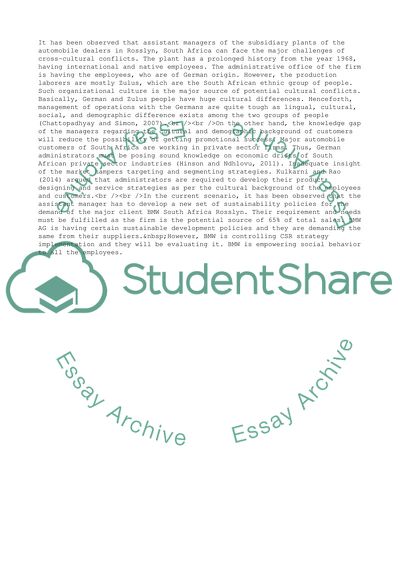Cite this document
(Intercultural Business Case: Corporate Social Responsibility in South Coursework Example | Topics and Well Written Essays - 1500 words, n.d.)
Intercultural Business Case: Corporate Social Responsibility in South Coursework Example | Topics and Well Written Essays - 1500 words. https://studentshare.org/business/1878389-intercultural-business-case-corporate-social-responsibility-in-south-africa
Intercultural Business Case: Corporate Social Responsibility in South Coursework Example | Topics and Well Written Essays - 1500 words. https://studentshare.org/business/1878389-intercultural-business-case-corporate-social-responsibility-in-south-africa
(Intercultural Business Case: Corporate Social Responsibility in South Coursework Example | Topics and Well Written Essays - 1500 Words)
Intercultural Business Case: Corporate Social Responsibility in South Coursework Example | Topics and Well Written Essays - 1500 Words. https://studentshare.org/business/1878389-intercultural-business-case-corporate-social-responsibility-in-south-africa.
Intercultural Business Case: Corporate Social Responsibility in South Coursework Example | Topics and Well Written Essays - 1500 Words. https://studentshare.org/business/1878389-intercultural-business-case-corporate-social-responsibility-in-south-africa.
“Intercultural Business Case: Corporate Social Responsibility in South Coursework Example | Topics and Well Written Essays - 1500 Words”. https://studentshare.org/business/1878389-intercultural-business-case-corporate-social-responsibility-in-south-africa.


